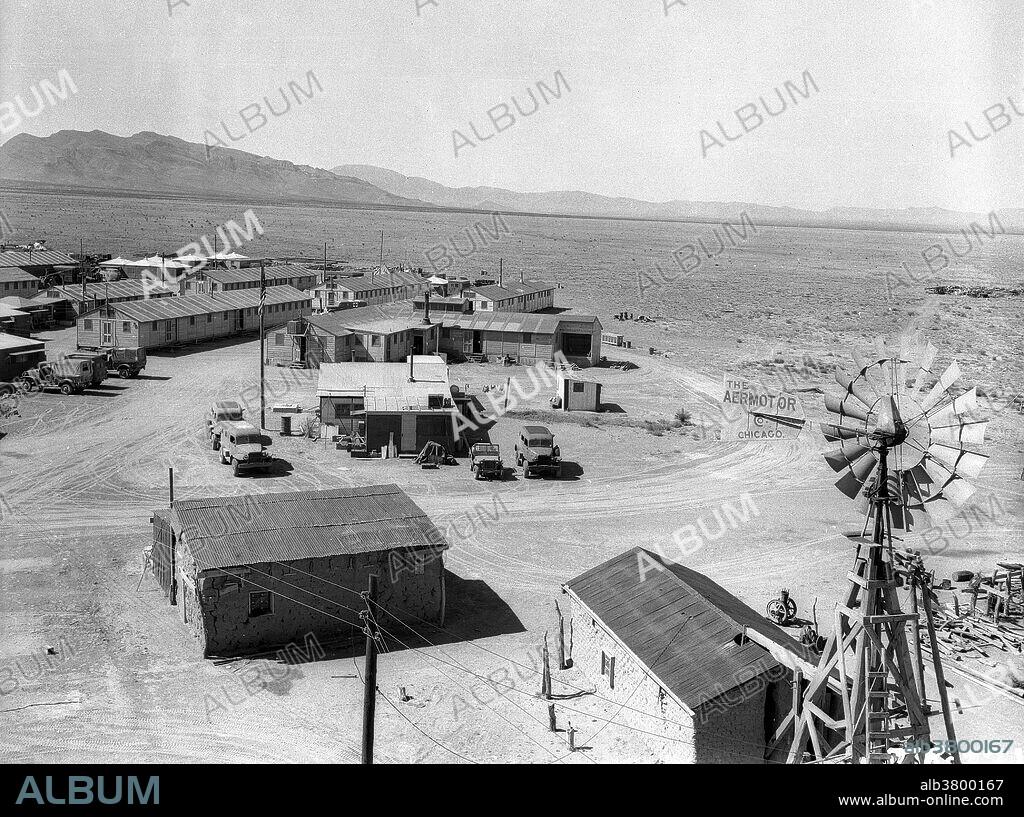alb3800167
Trinity Base Camp, Manhattan Project

|
Zu einem anderen Lightbox hinzufügen |
|
Zu einem anderen Lightbox hinzufügen |



Haben Sie bereits ein Konto? Anmelden
Sie haben kein Konto? Registrieren
Dieses Bild kaufen

Titel:
Trinity Base Camp, Manhattan Project
Untertitel:
Siehe automatische Übersetzung
The Manhattan Project was a research and development program by the United States with the United Kingdom and Canada that produced the first atomic bomb during World War II. From 1942 to 1946, the project was under the direction of Major General Leslie Groves of the US Army Corps of Engineers. In March 1944, planning for the test was assigned to Kenneth Bainbridge, a professor of physics at Harvard, working under Kistiakowsky. Because of the complexity of an implosion-style weapon, it was decided that, despite the waste of fissile material, an initial test would be required. Groves approved the test, subject to the active material being recovered. Consideration was therefore given to a controlled fizzle, but Oppenheimer opted instead for a full-scale nuclear test, codenamed Trinity. Bainbridge selected the bombing range near Alamogordo Army Airfield as the site for the test. Bainbridge worked with Captain Samuel P. Davalos on the construction of the Trinity Base Camp and its facilities, which included barracks, warehouses, workshops, an explosive magazine and a commissary. Security was very strict. Personnel were required to remain in the camp at all times unless working.
Bildnachweis:
Album / Science Source / Los Alamos National Laboratory
Freigaben (Releases):
Model: Nein - Eigentum: Nein
Rechtefragen?
Rechtefragen?
Bildgröße:
4200 x 3133 px | 37.6 MB
Druckgröße:
35.6 x 26.5 cm | 14.0 x 10.4 in (300 dpi)
Schlüsselwörter:
 Pinterest
Pinterest Twitter
Twitter Facebook
Facebook Link kopieren
Link kopieren Email
Email
